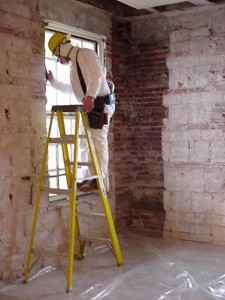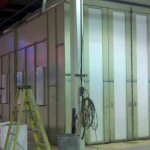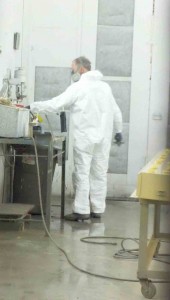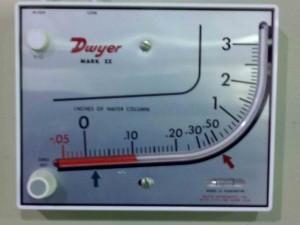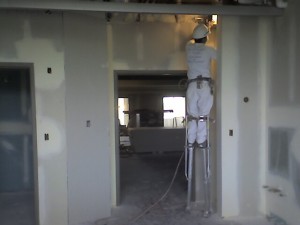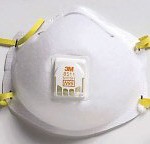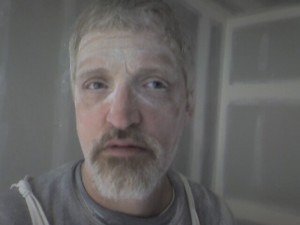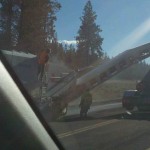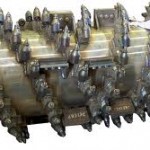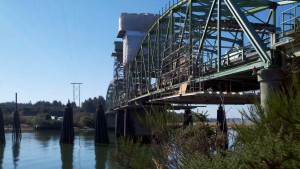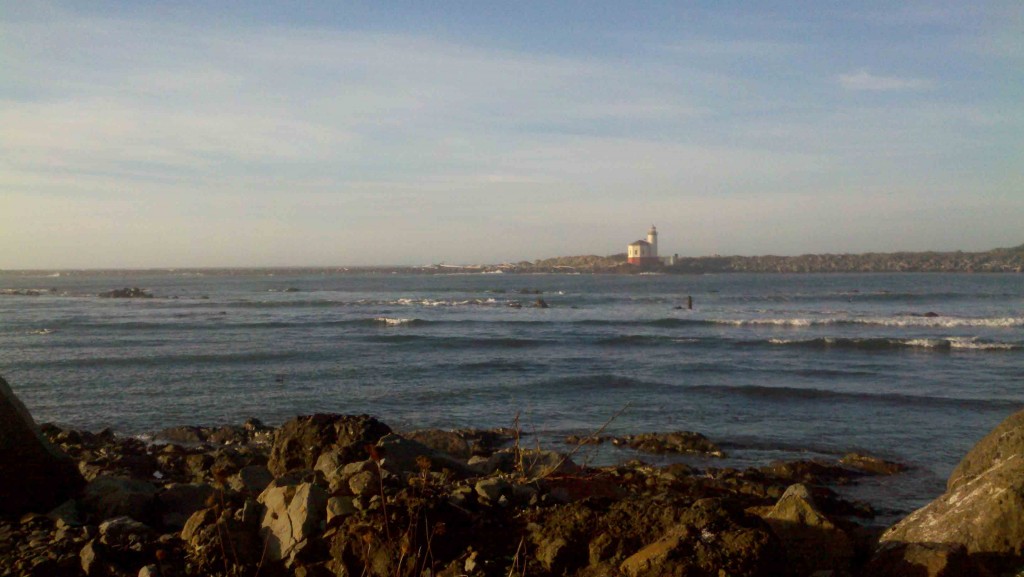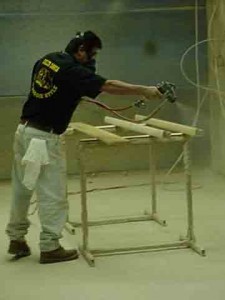Tue 19 Jul 2011
OSHA’s Lead in Construction
Posted by admin under Air Monitoring, EPA, Lead, OSHA, Personal Protective Equip (PPE), Respirators, Training
Comments Off on OSHA’s Lead in Construction
To simplify OSHA’s rules for lead in construction this is how I explain it:
Do you have lead (lead in paint usually) on the construction project? …Then you must comply with the entire rules.
How do you start? You start by listing the tasks where you will disturb the lead. For example, demolition, hand scraping, torch cutting.
After you’ve identified the tasks, then you can look at the OSHA rules and determine the minimum personal protective equipment (PPE) that will be necessary for your employees to wear while they’re performing each individual task.
Next, train your empoyee’s in lead awareness, which is the dangers, prevention and hazards of lead poisoning.
There is one other important aspect. Measuring your airborne levels of lead. This is done by air monitoring with a battery powered pump (and is typically one role of an industrial hygienist). Airborne lead results will indicate if you are generating a lot of lead into the air, or not. If you’re not, you can sometimes downgrade (bad word) the level of respiratory protection for your employees.
- Caveat: this is not a complete summary of the rules. Please know and understand your local and federal rules entirely! This also does not cover the EPA’s Lead Rules which have specific items that you must do.
